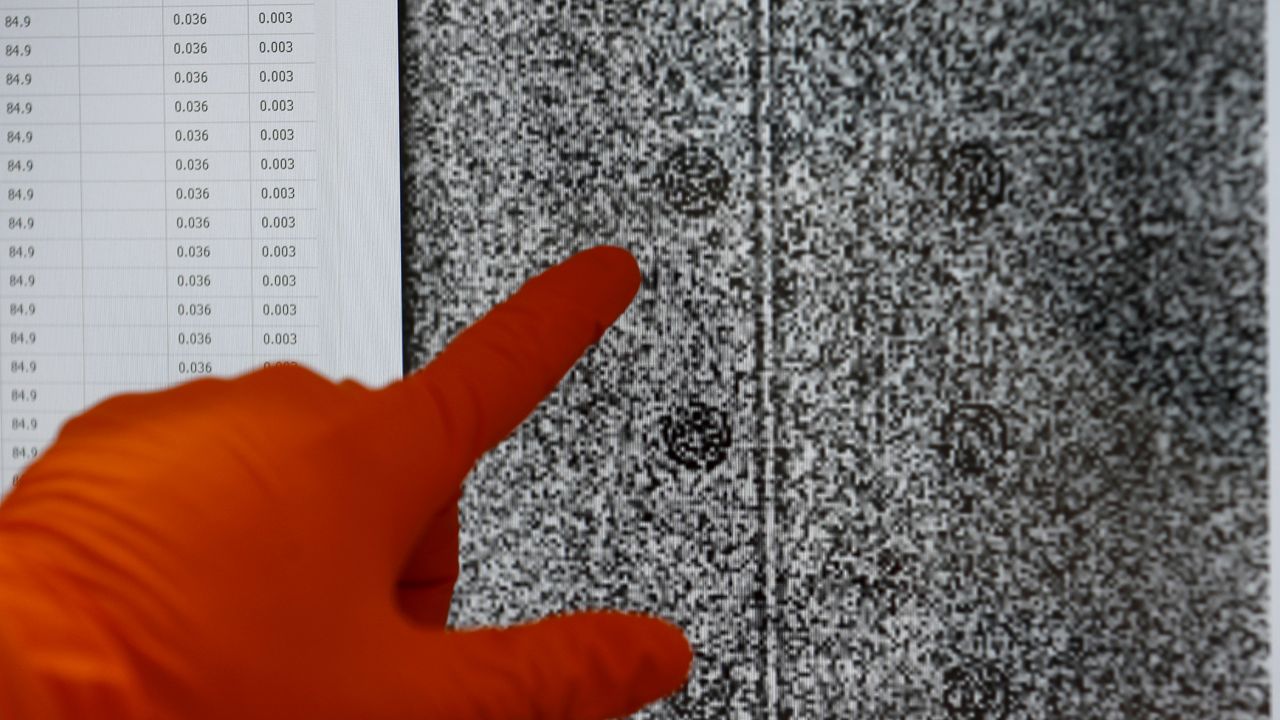Researchers from Fudan University in Shanghai have created a COVID-19 detection test that combines the speed of a self antigen test and the accuracy of a PCR test, according to data published earlier this week.
The study, published Monday in the science journal Nature Biomedical Engineering, used an “electromechanical biosensor” in the prototype test to detect SARS-CoV-2 molecules at “ultralow concentrations.”
Because other molecules present in a sample might outweigh the prevalence of the COVID cells, it is often the more-sensitive PCR tests – not the rapid self-antigen tests – that can accurately detect small quantities of the virus.
Results from PCR tests, which detect genetic material of the virus, are sent to a lab for analysis. While they can more accurately detect the presence of COVID-19 than antigen tests, it can take anywhere from two hours to two days for patients to get their results.
That’s why many turn to antigen tests, some of which – while being much less sensitive to the virus – can deliver results in as little as five minutes.
But the prototype created in China delivered results that were a “perfect” match with those from PCR tests, researchers said.
In the study of 87 individuals, the test accurately “detected SARS-CoV-2 RNA in less than four minutes” for each of the 33 patients with COVID-19, and in none of the 54 control subjects.
The prototype’s ultra-sensitive results come from the use of a molecular electromechanical system, which can detect small amounts of COVID RNA without the need for lab analysis.
The test itself is portable, and the study’s authors noted that further research “could enable on-site and point-of-care testing in airports, clinics and local emergency departments and even at home.”



